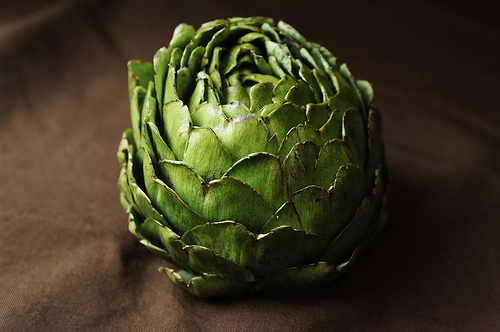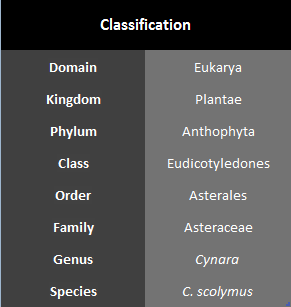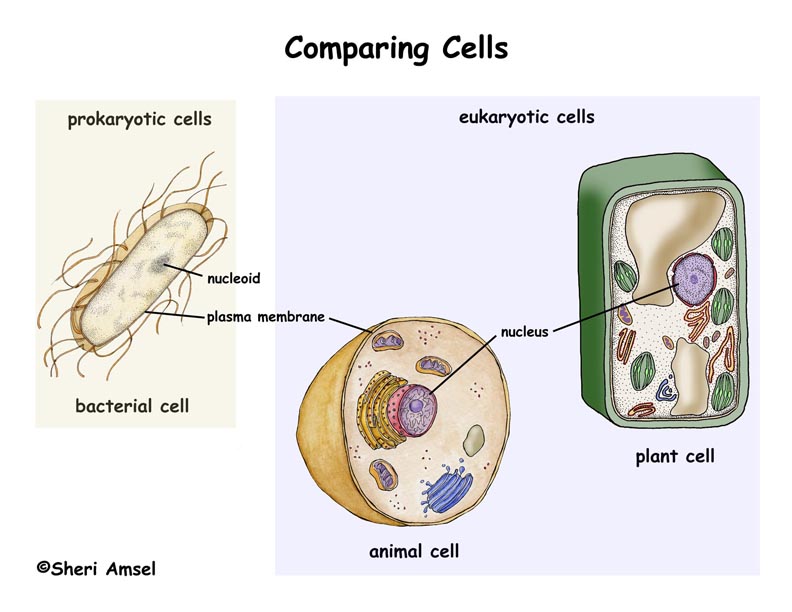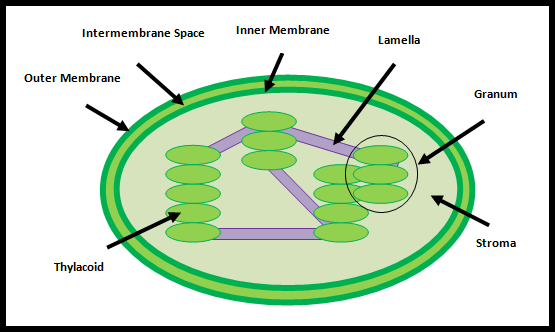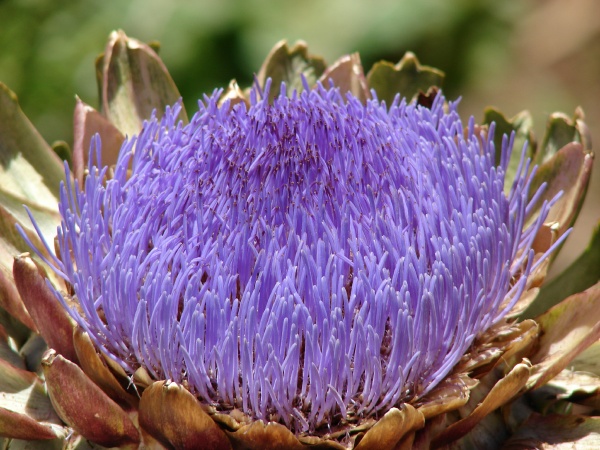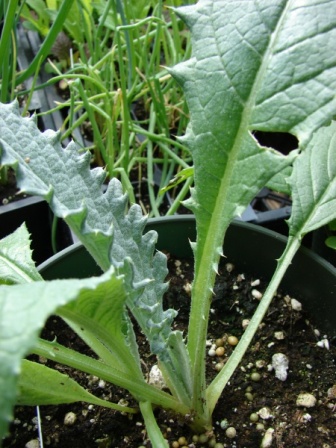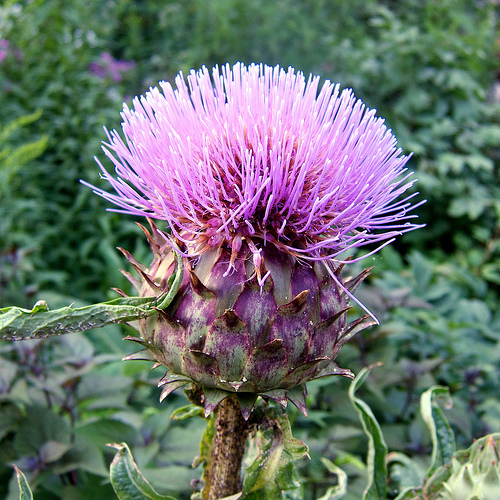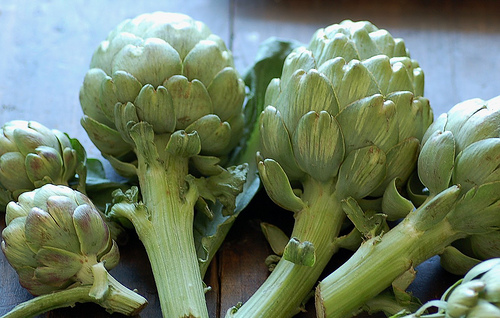Name that Artichoke!
Common Name: Globe Artichoke
Scientific Name: Cynara scolymus
You may recognize this vegetable simply when referred to as an
“artichoke”, but there is a reason it was once named Cynara
scolymus. “Cynara” from the Latin for canine is
given because of the similarity between the short spines of the
artichoke plant and the teeth of a dog. “Scolymus” is
derived from the Greek meaning thistle. This is appropriately
named as the Globe Artichoke is a member of the thistle family.
The classification of the artichoke gives further understanding to its name and the reasoning behind it. Through examination of this classification, we can gain perspective on how this plant is related to other organisms. In a general sense, we also have the ability to recognize similarities between these organisms in structure, life style, reproduction, and a variety of other characteristics.
Domain – Eukarya: Cynara scolymus is considered to be a part of the Eukaryotes because the cells of the organism contain a true nucleus as well as other membrane-bound organelles. This distinguishes it from prokaryotes which do not possess either of these characteristics. Almost all eukaryotes are multicellular which allow the organism to have certain cells that are specialized for specific functions. An example of this would be chloroplasts which are present in C. scolymus.
This domain also includes animals such as:
Rusty Patched Bumble Bee (Bombus affinis)
Contrast the differences with another organism that is also found in this kingdom:
Ginkgo (Ginkgo biloba)!
Phylum– Anthophyta: This phylum is commonly known as the angiosperms which include all flowering plants. In the picture to the right, you can see that C. scolymus has a very large purple flower. All members of this phylum have seeds that are enveloped in some sort of protection and therefore are able to be dispersed via water, wind, or other vectors such as animals. Other members of this phylum include grasses, broad-leaved trees and shrubs, crops, and grains.
Check out another edible member of this phylum:
Class – Eudicotyledones: The class consists of nearly 170,000 species! This group is also known under the title “Dicots”. A dicot typically refers to plants that have seeds which contain 2 cotyledons. Dicots also usually have netlike leaf venation, vascular tissue arranged in a ring, presence of a taproot, and floral organs in multiples of four or five. This leaf venation is exemplified by the Globe Artichoke and can be seen in the photo to the left.
Order – Asterales: This is the “daisy” order of angiosperms. It includes 11 families and almost 26,000 species. This order is composed of many herbaceous species, along with a few trees and shrubs. A morphological similarity between members of this order is that the stamens are usually densely packed around the style and are sometimes even found fused around it. The majority of the species classified within the 2 largest families of this order are located in the northern hemisphere.
Another medicinal member of this order
includes:
Yarrow
(Achillea millefolium)!
Family – Asteraceae: Formally known as Compositae, this family is mostly composed of herbs that reside in temperate zones. This is one of the largest families as it contains more than 25,000 species! A characteristic that is distinguishing of this family is the presence of opposite, alternate or whirled leaves. The flowers of these organisms are composite, which means that they are made up of individual flowers. Each individual has the ability to produce a seed. In the photo to the right, these seeds are shown in a mature Globe Artichoke plant.
Did you realize that you consume these seeds
when you consume another member of this family?
Sunflower (Helianthus annuus)
Genus – Cynara: This genus includes about 10 species, but the most well known are Cynara scolymus and Cynara cardunculus. Cynara cardunculus is commonly known as the Artichoke Thistle. Similar to the Globe Artichoke, it has been found that C. cardunculus has antimicrobial and antioxidant properties.
Species - C. scolymus: The Globe Artichoke is a perennial thistle with sturdy flowering stalks. It has dark gray lobed leaves and large flower heads comprised of many small florets. These florets are surrounded by large green bracts that have spiny tips. It is a tasty vegetable that is incredibly nutritious and recently has been found to have a variety of MEDICINAL USES.
Let's look at how Cynara scolymus RELATES to other organisms!
Back to HOME
Questions? Comments? Don't hesitate to contact me at
fenske.rach@uwlax.edu!
Site Designed by Rachel Fenske - Last Updated 4.15.11
University of Wisconsin - La Crosse
